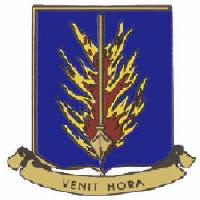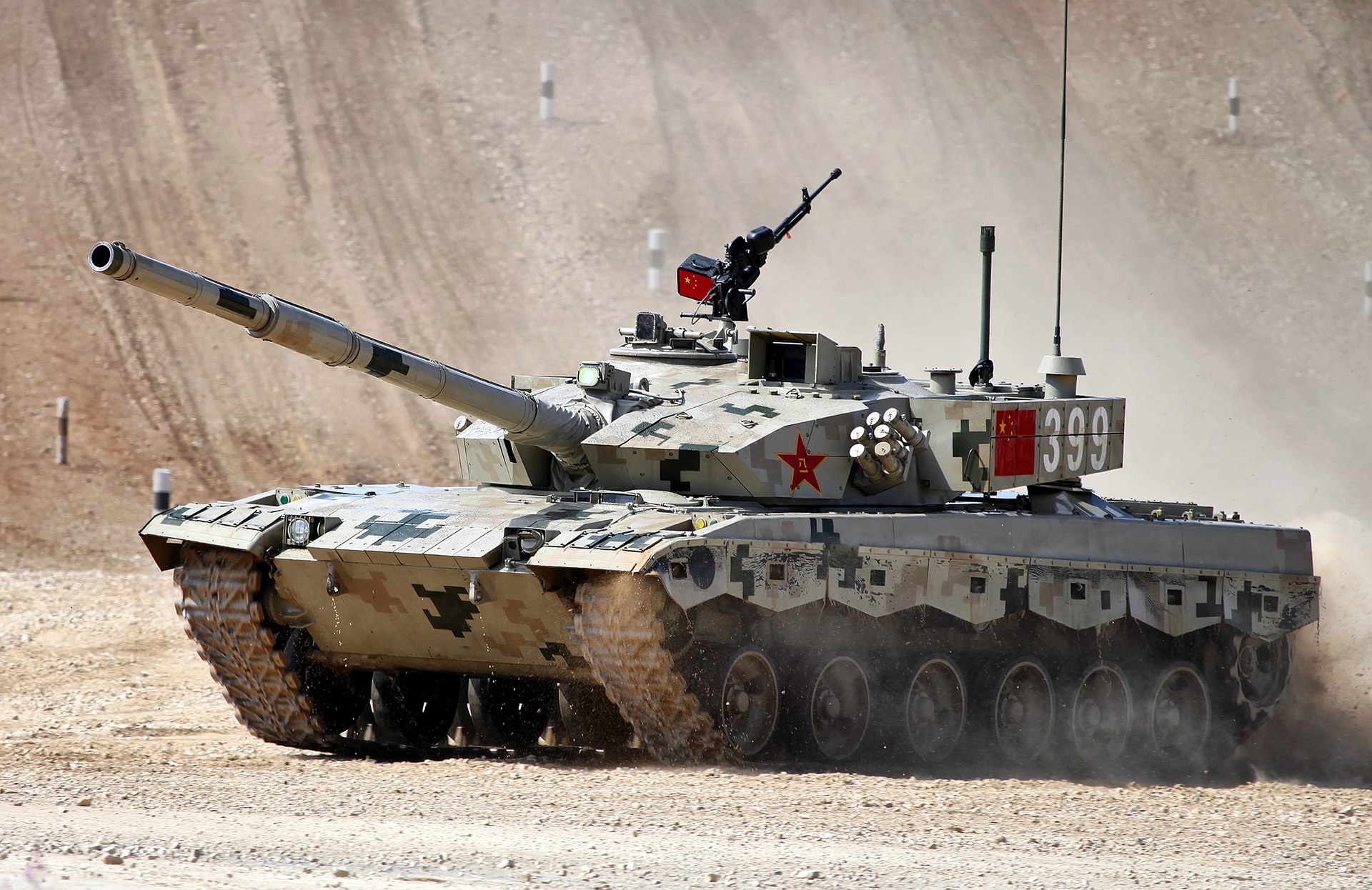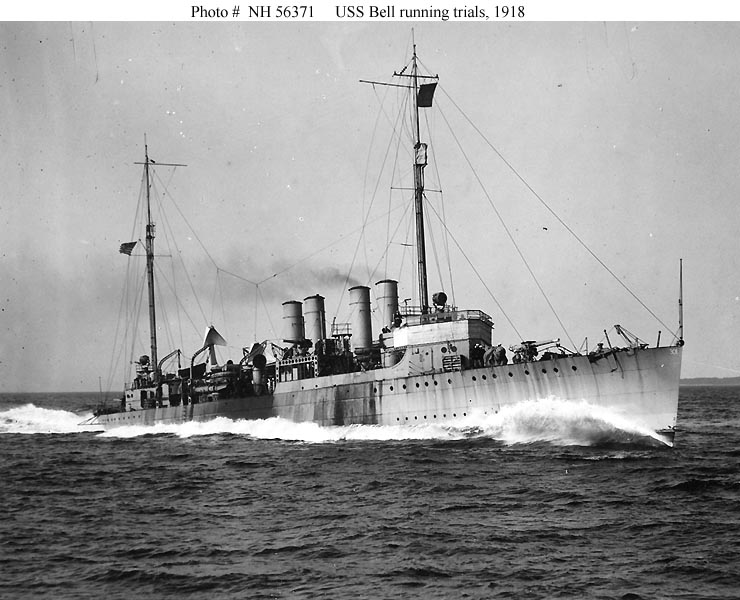Insignia of the 97th Bombardment Group.


http://www.americanairmuseum.com/unit/551The 97th Bomb Group flew the Eighth Air Force's first heavy bomber mission from the UK when they bombed a marshalling yard at Rouen on 17 August 1942. Just a month later though the Group were reassigned to the Twelfth Air Force and left England for the Mediterranean theater. Flying first with the Twelfth, and later with the Fifteenth, Air Force, the Group flew bombing missions in support of ground operations as well as bombing more strategic targets in Germany. The Group received a Distinguished Unit Citation for leading a strike against an aircraft factory at Steyr, Austria, on 24 February 1944 during Big Week, 20-25 February 1944.
https://www.thisdayinaviation.com/tag/97th-bombardment-group-heavy/1 February 1943: During World War II, the 414th Bombardment Squadron (Heavy), 97th Bombardment Group (Heavy), 12th Air Force, U.S. Army Air Forces, was on a mission to attack the docks at the port of Tunis in order to cut the supply chain to the German and Italian armies operating in Tunisia.
A single-engine Messerschmitt Bf 109G fighter defending the city collided with All American III, a Boeing B-17F-5-BO Flying Fortress, serial number 41-24406, which was under the command of Lieutenant Kendrick R. Bragg, Jr., U.S. Army Air Corps. The fighter cut diagonally through the bomber’s fuselage, carried away the left horizontal stabilizer and elevator, and damaged the flight control cables.
The rugged design and construction that made the Flying Fortress a legend allowed the airplane to fly another 90 minutes to its home base at Biskra Airfield, Algeria. Lieutenant Bragg made a careful landing, holding the tail off the runway as long as possible. None of the ten men aboard were injured.


_underway_off_San_Francisco_c1945.jpeg)








_in_San_Francisco_Bay_on_2_August_1943_(NH_98442).jpg/1280px-USS_Oakland_(CL-95)_in_San_Francisco_Bay_on_2_August_1943_(NH_98442).jpg)

:format(jpeg):mode_rgb():quality(90)/discogs-images/R-12859085-1543331786-9485.jpeg.jpg)


,_in_May_1944.jpg)
_on_4_January_1945.jpg)
_off_Iwo_Jima,_22_February_1945.jpg)